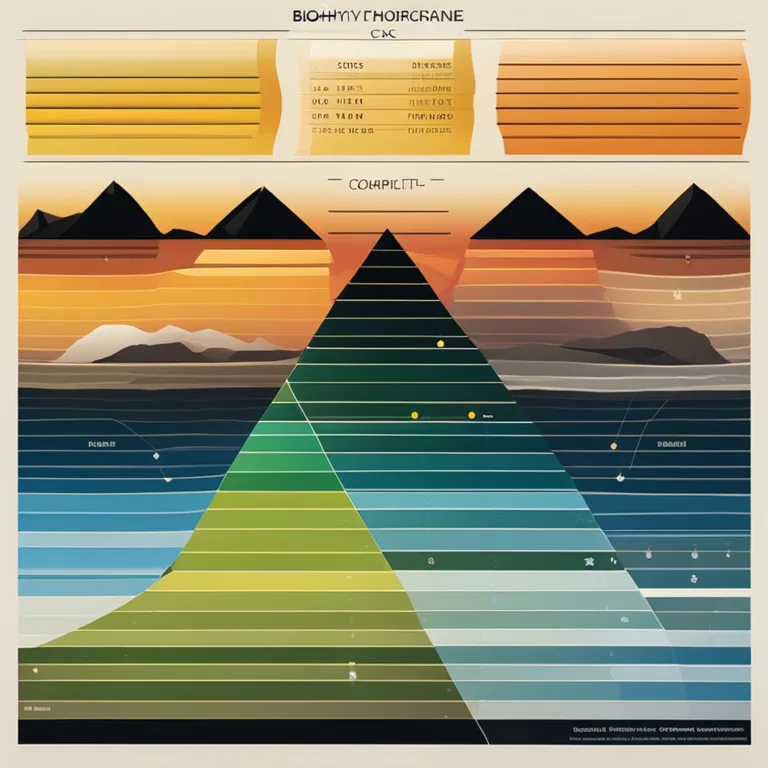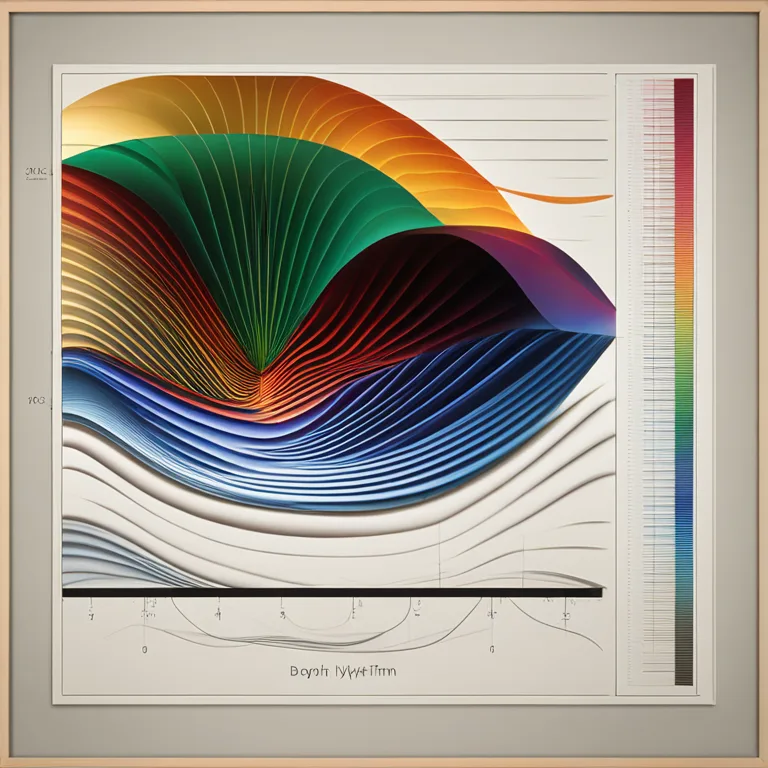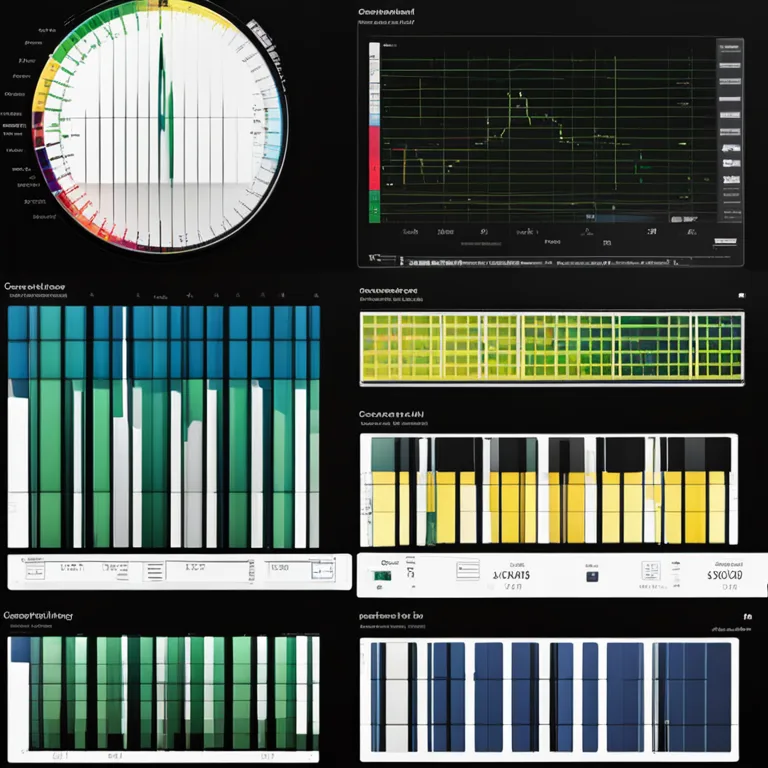
Biorhythm Compatibility: Harmonizing Life Rhythms
Discover how biorhythm compatibility charts can deepen your understanding of interpersonal dynamics and enhance personal connections.
article by Adrian Wallace
Introduction to Biorhythms
Biorhythms are believed to be biological cycles that affect our physical, emotional, and intellectual faculties. The concept, though lacking scientific backing, has persisted in various cultures and beliefs, suggesting that our lives are influenced by rhythmic cycles. Modern proponents argue that understanding these cycles can provide insight into personal energy levels, mood fluctuations, and even the potential for success in various activities. As we tread into 2024, biorhythms continue to intrigue those who seek deeper knowledge of the self and harmony with others.

The Basis of Biorhythm Theory
The theory of biorhythms is grounded in the idea that from the moment of birth, we enter into three primary cycles: Physical (23 days), Emotional (28 days), and Intellectual (33 days). These cycles ebb and flow independently, and their intersections are thought to significantly affect our lives. For instance, when a person's emotional and intellectual cycles are at a high point, they may experience heightened clarity and stability in their relationships or decision-making processes.

Calculating Biorhythms
To calculate one's biorhythms, various tools and software have been devised, increasingly accessible thanks to technological advancements. By entering your date of birth, you can map out your individual cycles and predict your peaks and troughs. As biorhythm calculations become more sophisticated, integrating them with other aspects of our digital lives may provide unprecedented personal insights.

The Role of Compatibility Charts
A biorhythm compatibility chart pits two individuals' cycles against each other, revealing potential synchronicities and discordances. By comparing the peaks and troughs of each person's cycles, you can discern periods of mutual high energy or potential conflict. This might be particularly useful for couples seeking to understand the natural rhythm of their relationship or for individuals looking to enhance collaborative efforts.

Interpreting the Charts
Interpreting these compatibility charts calls for more than a cursory glance at the data. It's about finding meaning in the overlaps and gaps. For instance, when both partners are experiencing a low in their emotional cycles, it might be wise to avoid serious discussions or stressful situations. Conversely, aligning high points could be opportune for meaningful connection or advancing shared goals. With practice, reading these charts becomes an intuitive part of relationship maintenance or development.
Biorhythms in Everyday Life
Incorporating biorhythms into daily life is increasingly common. Individuals and couples may consult their charts to plan important events, manage stress, or foster better communication. As we sail into the future, the integration of biorhythm analysis with personal devices and apps may offer real-time guidance, bringing this ancient concept squarely into the realm of contemporary relevance.
Limitations and Considerations
While biorhythm compatibility charts can be fascinating, it's important to approach them with a balanced perspective. They are not scientifically validated and should not be used to make critical life decisions. Rather, they can serve as a supplementary tool for self-exploration and understanding the ebb and flow of interpersonal relationships.
Published: 12/28/2023
Modified: 12/28/2023
More predictions
Come back here soon to learn more about yourself and your future


The Reality Of Biorhythm Compatibility
Unravel the truth behind biorhythm compatibility and its role in personal relationships and daily life.


Unlocking Your Body's Natural Clock
Explore the intriguing world of biorhythms and discover how they influence your physical, emotional, and intellectual states.


Biorhythm Theory: Fact Or Fallacy?
Explore the fascinating concept of biorhythms to discern if there's any scientific accuracy behind this popular belief.